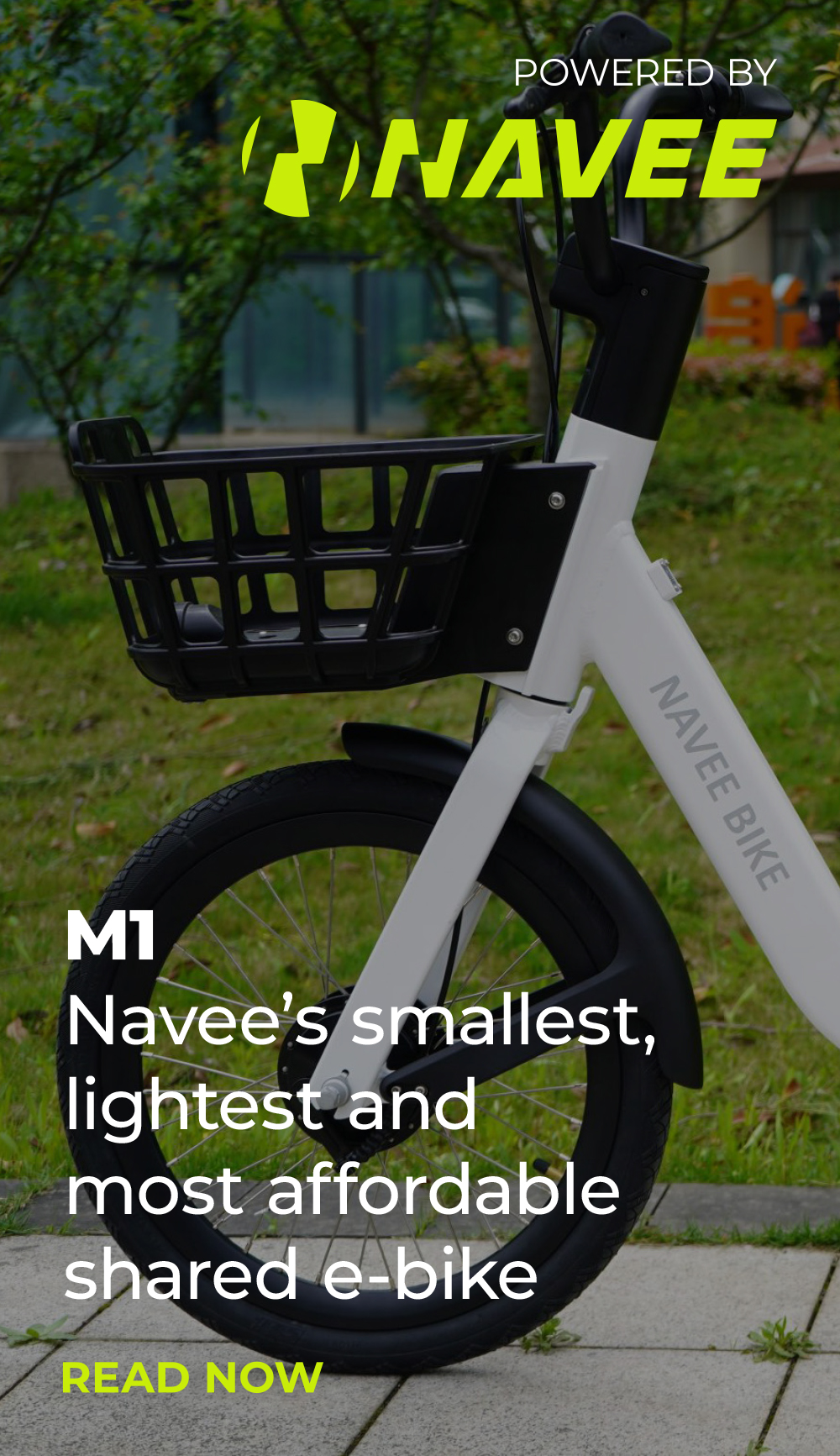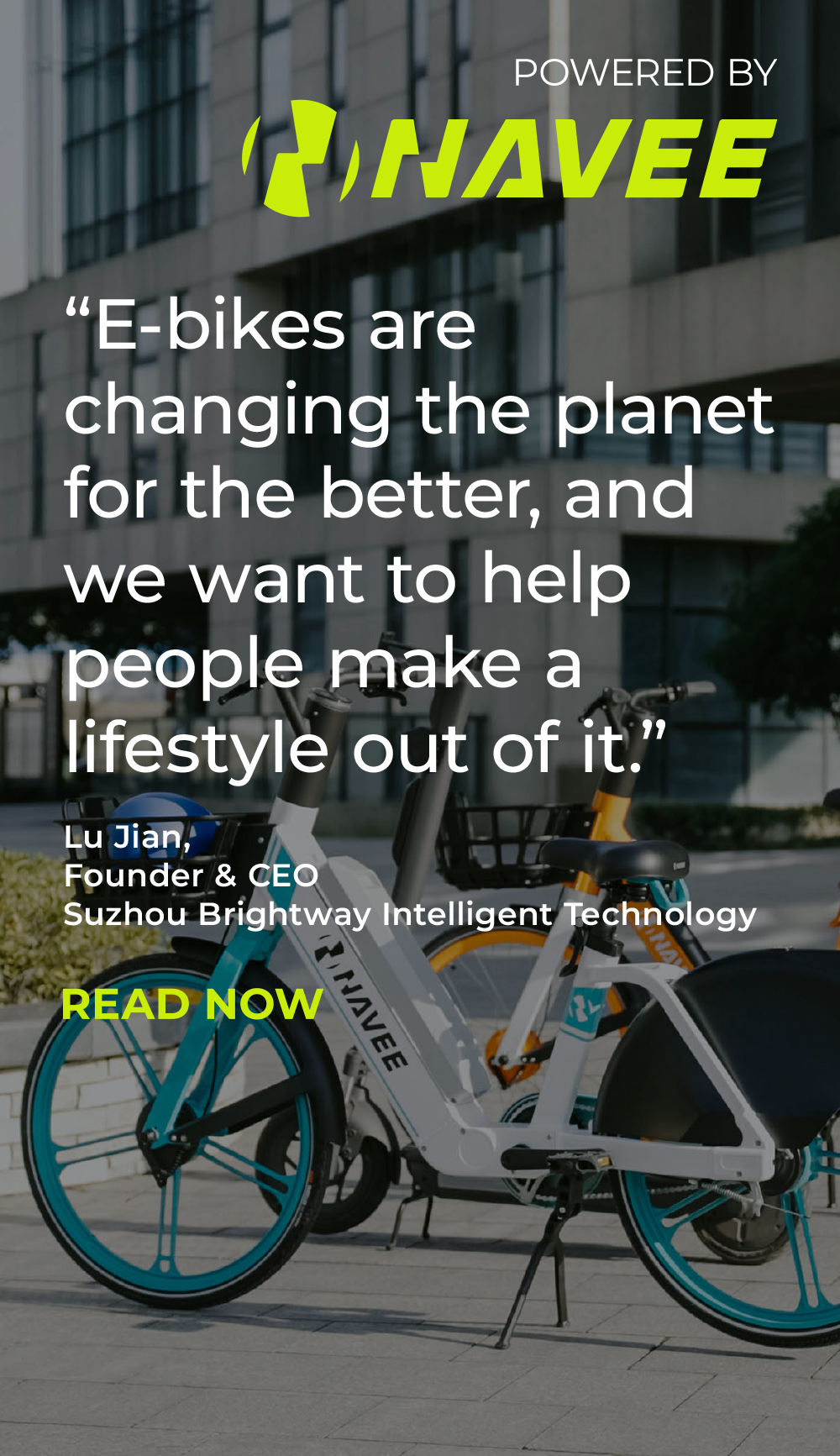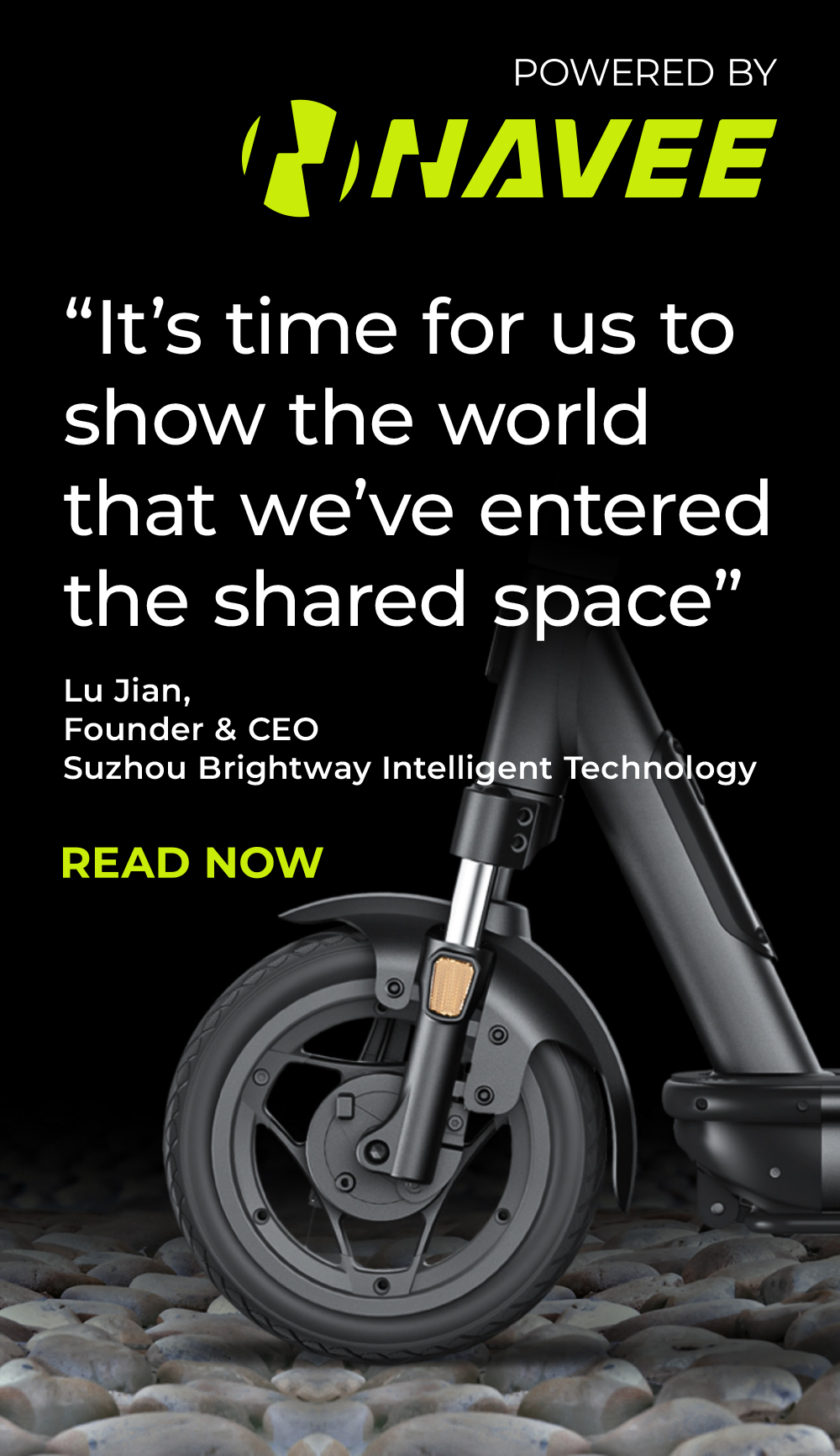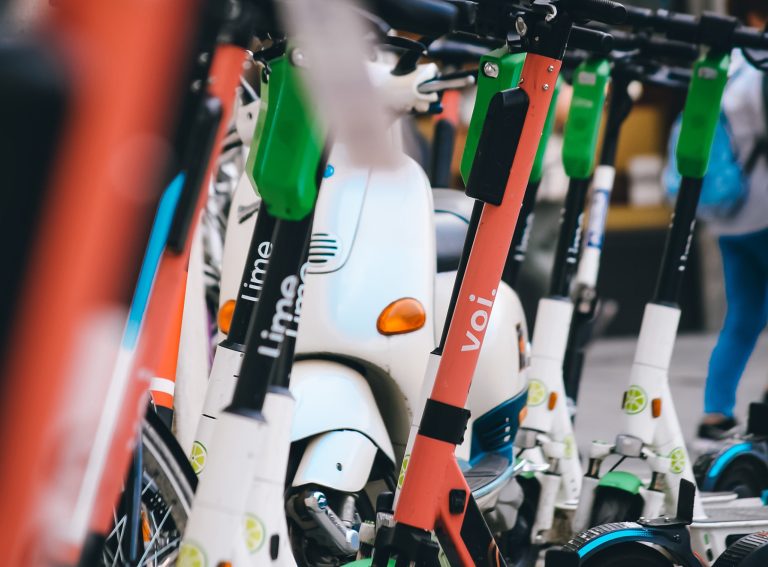Saverio Galardi, country manager Italy at Wind, has shared some of the biggest things the company has learnt since launching in its biggest European market – Italy.
The company is currently running a fleet of 4,500 e-scooters across 11 towns and cities in Italy and has one of the top 10 largest e-scooter trials in the UK in the Nottingham and Derby area, with a fleet of around 500.
1. Safety
When we launched our operations in Milan in February 2020, it was one of the first markets where we solely relied on our custom-built Wind 3.0 e-scooter instead of the previous Ninebot models.
The Wind 3.0 is heavier and larger than comparable models, has a wider non-slip platform, larger tyres and a double braking system. We think this makes for a safer and sturdier riding experience.
It is also one of the only scooters on the market with an automated fault detection system to prevent riders from using a faulty scooter.
In summer of 2020, we deployed the same model to the streets of Rome.
We have rider education programmes such as in-app training and provide safety advise via our social media channels.
For our Italian cities we also organised a safety week.
During that week, our local teams conducted safety training and gave advice on safe e-scooter use and traffic rules to interested residents of cities like Milan, Rome or Parma.
In some of our Italian cities we have also started to roll out our integrated helmet feature that we have also deployed to Nottingham in order to encourage users to wear helmets.
2. Technology
In terms of technology, the latest feature we are progressively rolling out across markets is the integrated helmet.
It can be unlocked and locked via the Wind app. In some markets like Nottingham we also integrate hand sanitisers into our scooters so users can disinfect their hands before and after each ride.
In markets that require users to hold a driving licence like the UK, and some cities in Italy, we have launched a cooperation with Idenfy.
The solution uses artificial intelligence (AI) to verify the driving licence, identity and age of users.
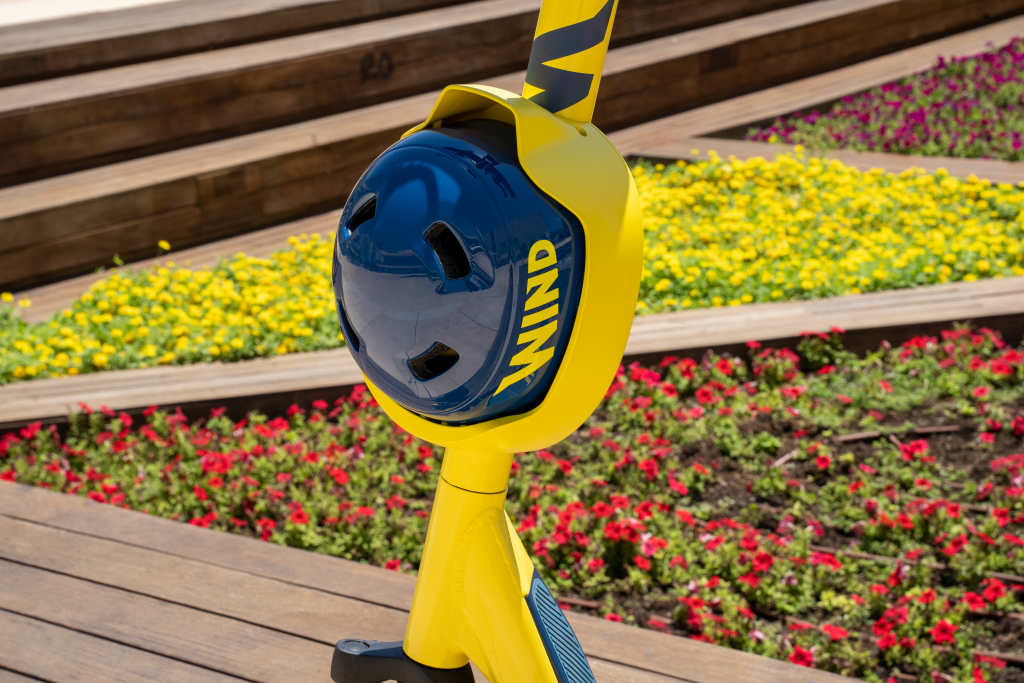
3. Collaboration
We have a good working relationship with both cities and jointly work to further integrate Wind e-scooters into the cities’ transport systems.
In Rome, Wind has recently expanded its service to areas outside the city centre to allow residents of neighbourhoods such as Centocelle or Pigneto to use our services and take a Wind scooter for their daily commute.
Wind is the only operator in those areas and our expansion is driven by the understanding that shared micromobility must be a common good.
We want to bring an alternative mobility service to Roman citizens living in the neighborhoods outside the centre, especially during the pandemic where people rely on modes of transport that allow for social distancing.
The company is following this approach in other cities as well – for example in Perpignan in France or Tel Aviv.
Our teams are also in constant exchange with the municipalities to frequently update no-parking areas as needed and flexibly adjust to change in demand or in response to events or other circumstances that require and adjustment of the parking strategy.
4. Rider compliance
Aside from on-street rider safety events across all markets, we regularly advise our users to ride safely via our app and social media channels.
In some markets, we also deploy street patrols that roam the street in hot-spot areas to correct improperly parked scooters and educate users on safety.
We also launched a new feature that incentivises users to park in a designated parking spot and we use AI where users have to upload a photo of the parked scooter that is then verified via the app.
In Nottingham, we are also installing marked parking spots to encourage users to properly park scooters and not leave them on the pavements.

5. Charging and parking
Wind e-scooters have swappable batteries so do not have to be collected at night and returned to the warehouse for charging.
Instead, our teams can swap the battery on the spot. These teams often serve our scooters using either electric cargo bikes or electric vans.
Further measures to improve the parking situation include limiting the number of scooters per parking location, the use of rebalancing tools that are powered by AI as well as the introduction of an incentivised parking feature.

